The teens in Riverdale certainly don’t seem to spend very much time attending classes, but they’re somehow far better read than you’d expect of the leading characters in one of TV’s pulpiest shows. In addition to packing in more pop culture references than an all-day Buffy binge, The CW’s Riverdale is one of the best-read shows in town. Watching the latest episode may take precedence over your homework, but sometimes it’s worth ordering another cup of Pop’s coffee and spending the night reading a good book in a booth at the Chok’lit Shop.
Here are 16 literary references to read for yourself that will catch you up to the youth of Riverdale:
In Cold Blood by Truman Capote
In Chapter 1 of Riverdale, Veronica declares that she’s Breakfast at Tiffany’s before noting the town’s vibe is more of In Cold Blood. Ronnie’s got a point: The latter work, Capote’s 1966 book detailing a brutal murder in a small Kansas town and the fallout that occurred in the community afterward, bears a striking resemblance to Riverdale. As Betty points out in Chapter 3, the nonfiction novel was first published as a series of articles, a fact that helps convince Jughead to join the staff of the Blue and Gold, Riverdale High’s newspaper.
Chapter 8 takes its name from S.E. Hinton’s 1967 novel The Outsiders. The novel, which was written by Hinton when she was in high school, follows a conflict between two rival gangs. One of the themes the novel explores is the socioeconomic division between the two gangs, which is echoed in the show by the relationship between the Southsiders and the more affluent Northsiders. Stay golden, Archiekins!
“Fire and Ice” by Robert Frost
In the 1920 poem “Fire and Ice,” by Robert Frost, the poet wonders whether the world will come to an end as a result of fire (equated to intense passion by the poem) or because of ice (which is equated with hatred). Veronica refers to the poem in Chapter 1, when she tells Cheryl that even if she expected fire, Ronnie is here to serve ice. The poem is centered around a binary dichotomy, a theme the series is fond of exploring—although the Riverdale version of the poem would probably be called “Betty and Veronica.”
In Chapter 37, Ethel Muggs can be seen reading Ship It, the 2018 novel by Britta Lundin, who was also a writer for Riverdale’s first three seasons. In it, Claire is a 16-year-old fan of the show Demon Hunter—she’s even written a fanfic featuring a gay relationship between two of the characters—but when the actor who plays the character who is the subject of Claire’s fanfic laughs off the idea that the character is gay, Demon Hunter finds itself at the center of a PR nightmare.
Heart of Darkness by Joseph Conrad
The narrative of Heart of Darkness, Joseph Conrad’s 1899 novella of British Colonialism, follows protagonist Marlow’s journey down the Nile to retrieve Colonel Kurtz. Riverdale borrows the title of the novella for Chapter 5, which also features Cheryl’s grandmother, Rose Blossom, uttering Kurtz’s most famous line: “The horror, the horror!”
A World Without Men by Valerie Taylor
In Chapter 47, Toni can be glimpsed taking the 1963 novel by Valerie Taylor out of her locker near the end of the episode. The story of A World Without Men follows two women on their personal journeys, examining how that occurs in the context of their relationship with one another.
Les Fleurs du mal by Charles Baudelaire
Cheryl is seen reading Les Fleurs du mal, the 1857 volume of lyric poetry by Charles Baudelaire. The themes the poems address include eroticism, and Baudelaire was persecuted for an “outrage against public decency,” resulting in a fine and a ban on the book in France that lasted nearly a century—and Cheryl seems like the type who would read banned books!
In Chapter 31, Riverdale High puts on the Carrie musical, but as the episode makes clear, the parallels to Stephen King’s 1974 novel began well before the first notes of the overture. Cheryl declares herself to be Riverdale’s own Carrie White, the pyrokinetic protagonist of King’s debut novel, and in defense of her declaration, she did burn down Thornhill, her family’s spooky mansion.
Riverdale has plenty of references to Stephen King. Another example is Cheryl’s declaration that her brother’s killer will be “walking the Green Mile to Old Sparky,” a reference to King’s 1999 serialized novel The Green Mile, and even before the episode with the musical, Carrie had been referenced by Kevin in dialogue.
Although not directly mentioned, Riverdale’s resident Gothic manor, Thornhill, calls to mind Thornfield Hall, the estate owned by Edward Rochester that serves as the setting for much of Charlotte Brontë’s 1847 novel Jane Eyre. Just as with Thornhill in the show, the novel eventually sees Thornfield burned to the ground, but that is not necessarily bad news for the eponymous protagonist of Jane Eyre, just as the burning of Thornhill might not be bad for Cheryl.
The author, Charlotte Brontë, also has something in common with Cheryl: she had to conceal part of her identity, as Jane Eyre was first published under the gender-neutral pen name Currer Bell.
A Night to Remember by Walter Lord
The title of the episode featuring the Carrie musical takes its name from the 1955 nonfiction book by Walter Lord, A Night to Remember, an extensively researched account of the sinking of the Titanic. While the ultimate result of the tragic evening is known in advance, the book follows an unconventional structure, with time becoming more malleable rather than following a conventional timeline. This is reflected by the hazy timeline of the episode, where performance and backstory unfold out of chronological order to integrate scenes from Carrie with the story of the episode.
Silence of the Lambs by Thomas Harris
As Betty seeks to unravel the mystery of the identity of the Black Hood serial killer, she is seen reading Silence of the Lambs, the 1988 novel by Thomas Harris. In the novel, FBI Agent Clarice Starling is forced to collaborate with the imprisoned serial killer Hannibal Lecter in order gain his assistance in bringing an outstanding killer to justice. The story mirrors Betty’s relationship with the notorious Black Hood.
Less Than Zero by Bret Easton Ellis
When Cheryl confronts Nick St. Clair at Pop’s Chok’lit Shop, she calls him a “Less Than Zero monster,” a reference to Bret Easton Ellis’s 1985 debut novel. The narrative follows a college student who returns to Los Angeles over winter break and embarks on a journey of personal debauchery, during which he meets a series of despicable individuals and witnesses their morally reprehensible actions.
The Secret History by Donna Tartt
Veronica can be seen reading The Secret History in Chapter 19. Donna Tartt’s 1992 novel concerns a murder among a group of six college students, but in contrast to the murder mystery that drives Riverdale’s central plotline, the answer of this whodunit is revealed at the beginning of the novel, with the remaining pages examining how the murder affected the surviving students.
The Red Dahlia by Lynda La Plante
Chapter 46 takes its name from The Red Dahlia, the 2006 detective novel by Lynda La Plante. The story concerns a high-profile murder that is discovered when a corpse is found on a riverbank, echoing the discovery of Jason Blossom’s body. Media reaction to the murder is a major element of the novel, which parallels the crucial role journalists and newspapers play in the events of Riverdale.
In Chapter 22, Jughead gives Betty a gift: a signed first edition of Beloved, by Toni Morrison. In a previous episode, Betty had mentioned that she had organized a book release party for Toni Morrison, declaring her a personal “literary hero.” Jughead included a note thanking Betty for introducing him to her favorite author, but how he got ahold of such a rare book is left a mystery.
The Tell-Tale Heart by Edgar Allen Poe
Chapter 26 takes its name from Edgar Allen Poe’s 1843 short story, The Tell-Tale Heart. In that story, the narrator murders the old man that shares their home, dismembers the body, and hides it beneath the floorboards to avoid detection of the crime by the police. Betty’s subplot in the Riverdale episode that takes the story as its namesake includes similar plot elements, as she and her mother work with Jughead and F.P. to dispose of the evidence of a murder.
Fahrenheit 451 by Ray Bradbury
In Chapter 16, Jughead is in English class at South Side High when he answers a question about Fahrenheit 451, the 1953 novel by Ray Bradbury. The story takes place in a dysptopian society where “firemen” are authorized to set fire to the belongings of individuals who read banned books. After class is dismissed, Jughead approaches his teacher and argues for the reinstatement of the Red & Black, the school newspaper, which Toni tells him had fallen prey to censorship and/or budget cuts.
(featured image: Katie Yu/The CW)
Avery Kaplan is queer trans woman who lives in Southern California with her books and her cats. She and her partner co-authored the forthcoming book LGBTQ Life: Double Challenge, a resource about intersectionality for middle schoolers. For more of her writing, please follow @averykaplan6 on twitter.
Want more stories like this? Become a subscriber and support the site!
—The Mary Sue has a strict comment policy that forbids, but is not limited to, personal insults toward anyone, hate speech, and trolling.—



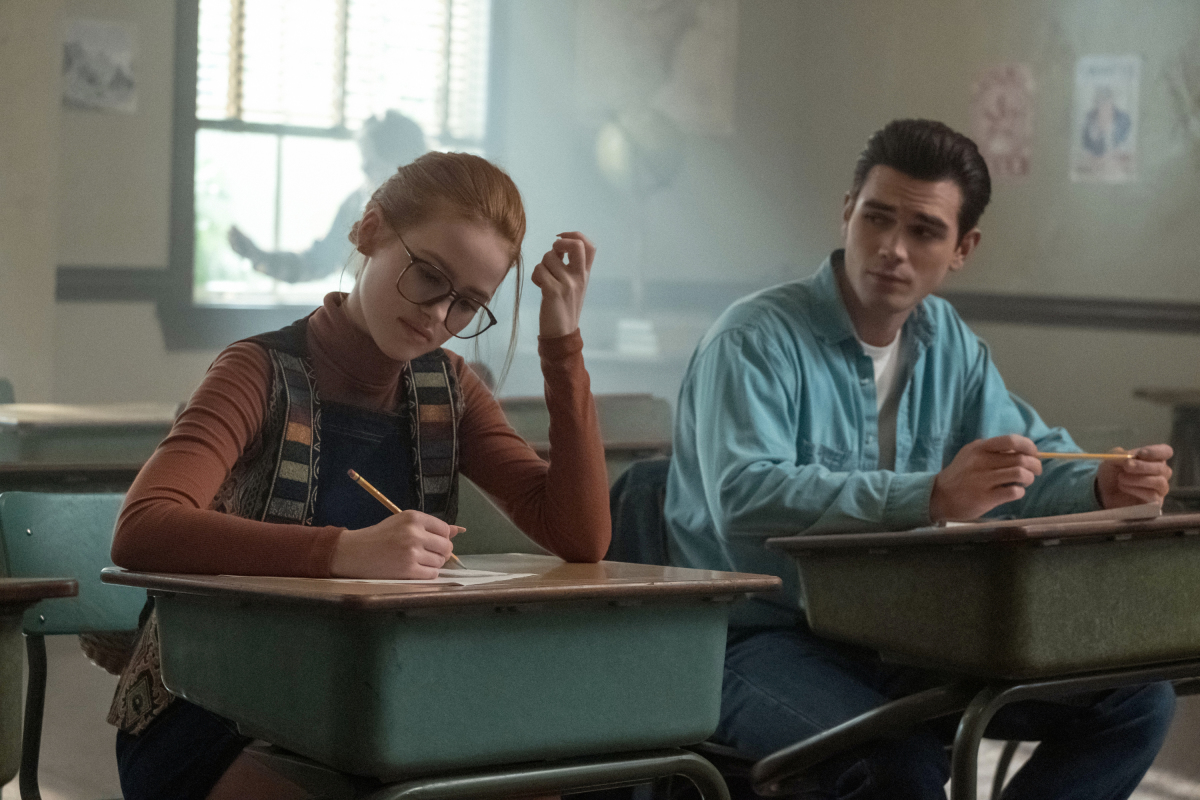
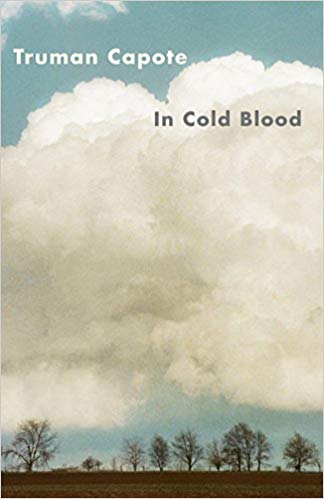
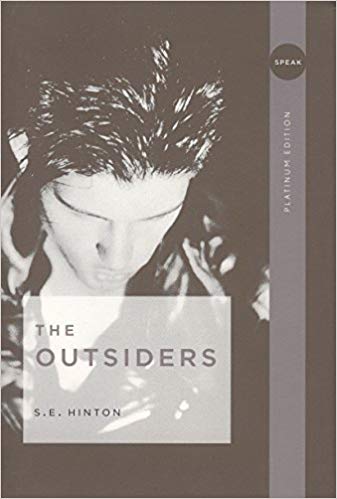
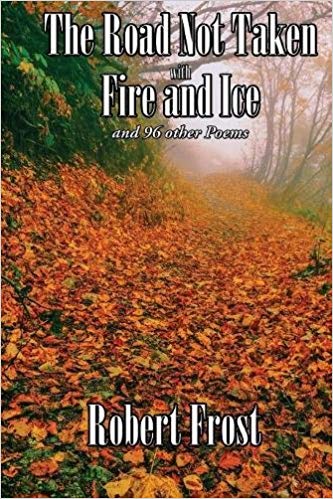
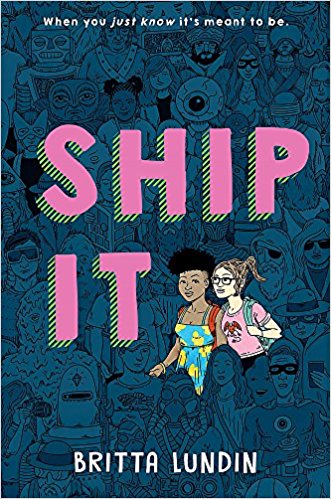
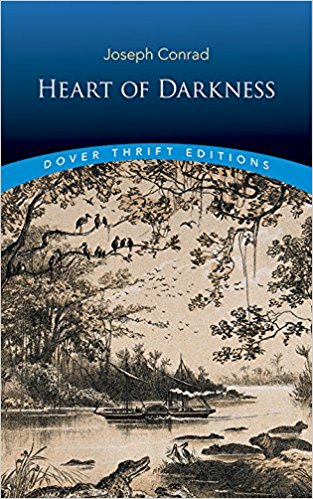
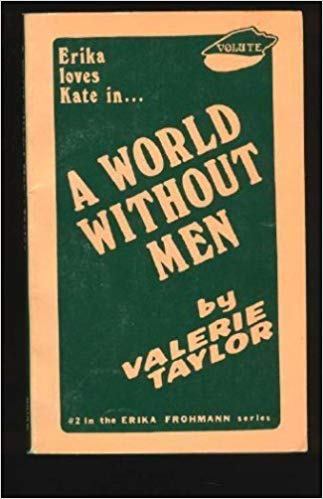
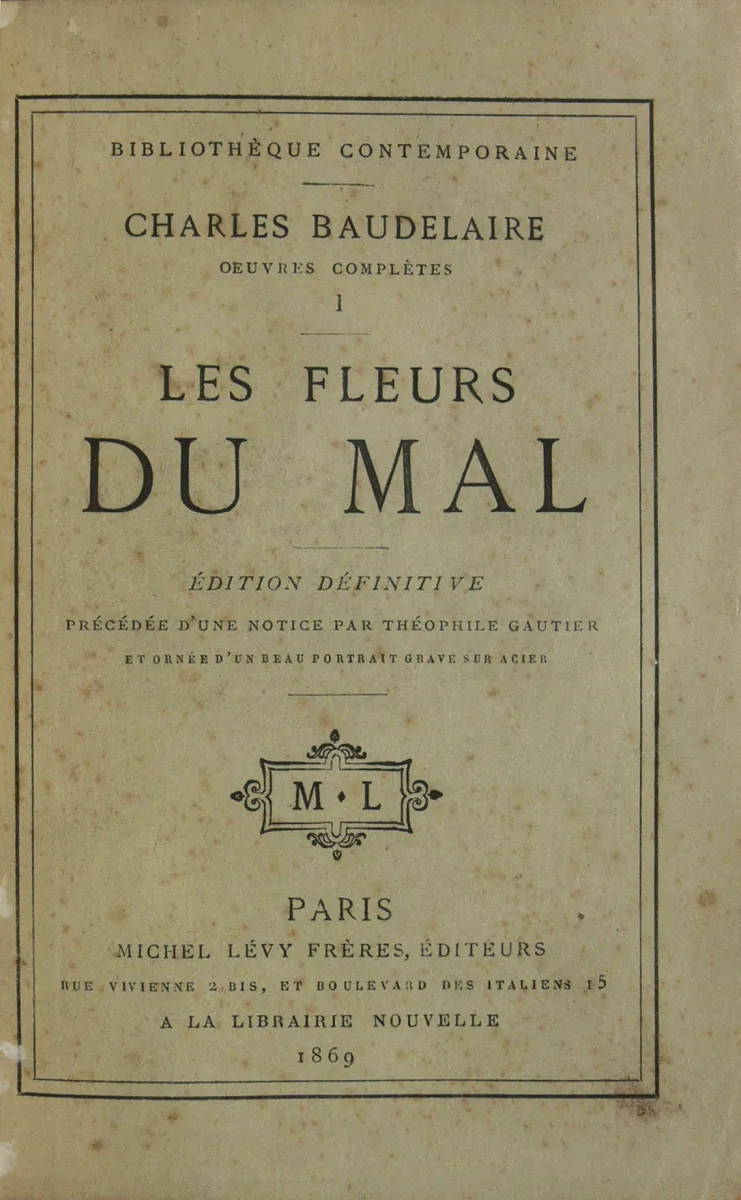
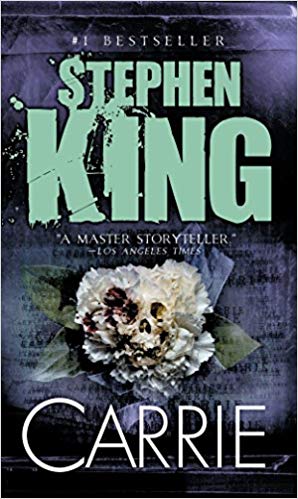
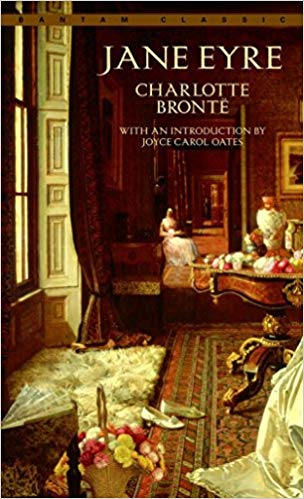
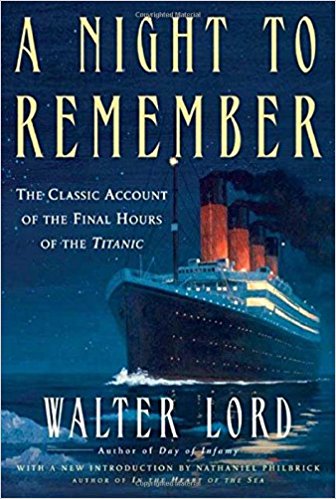
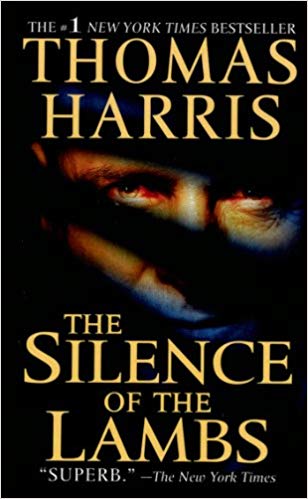
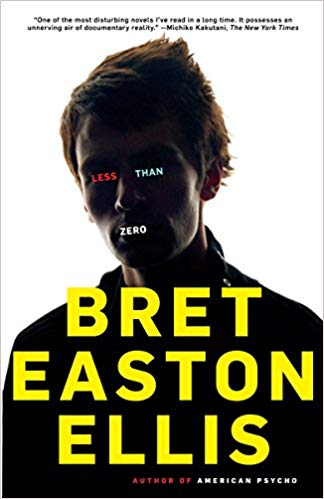
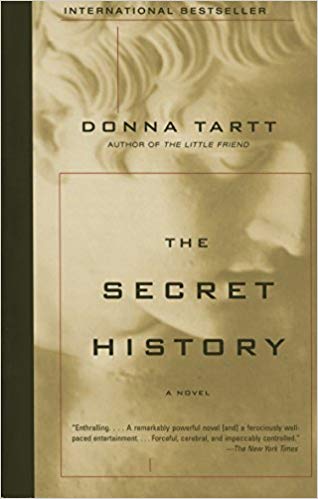
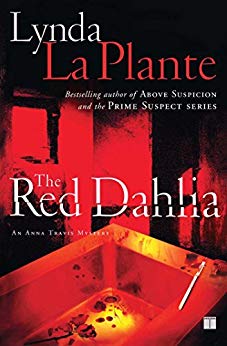
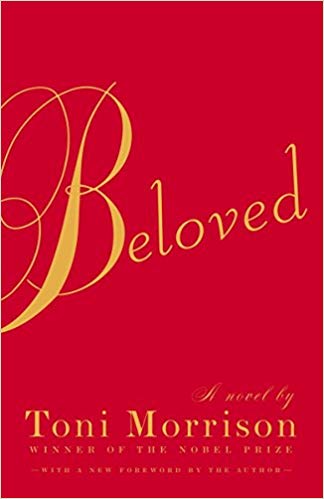
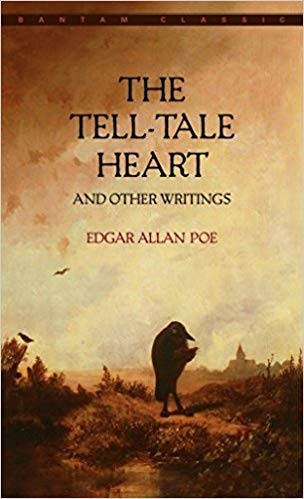
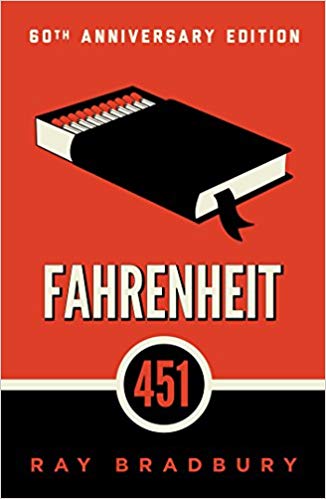

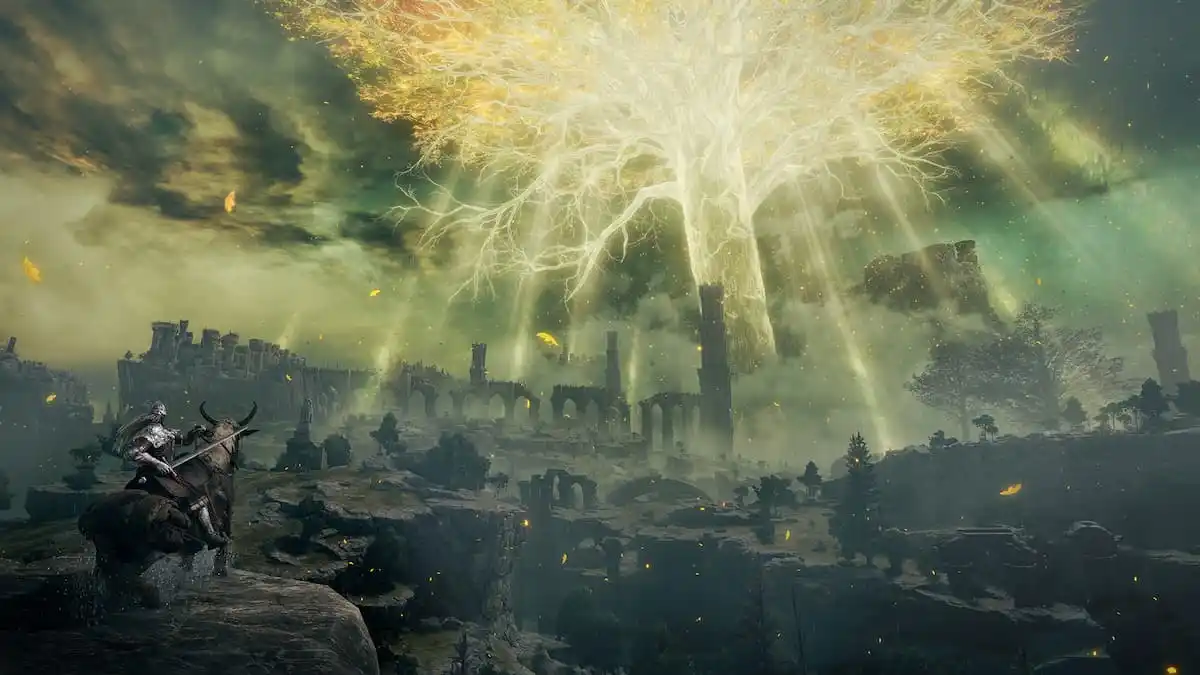
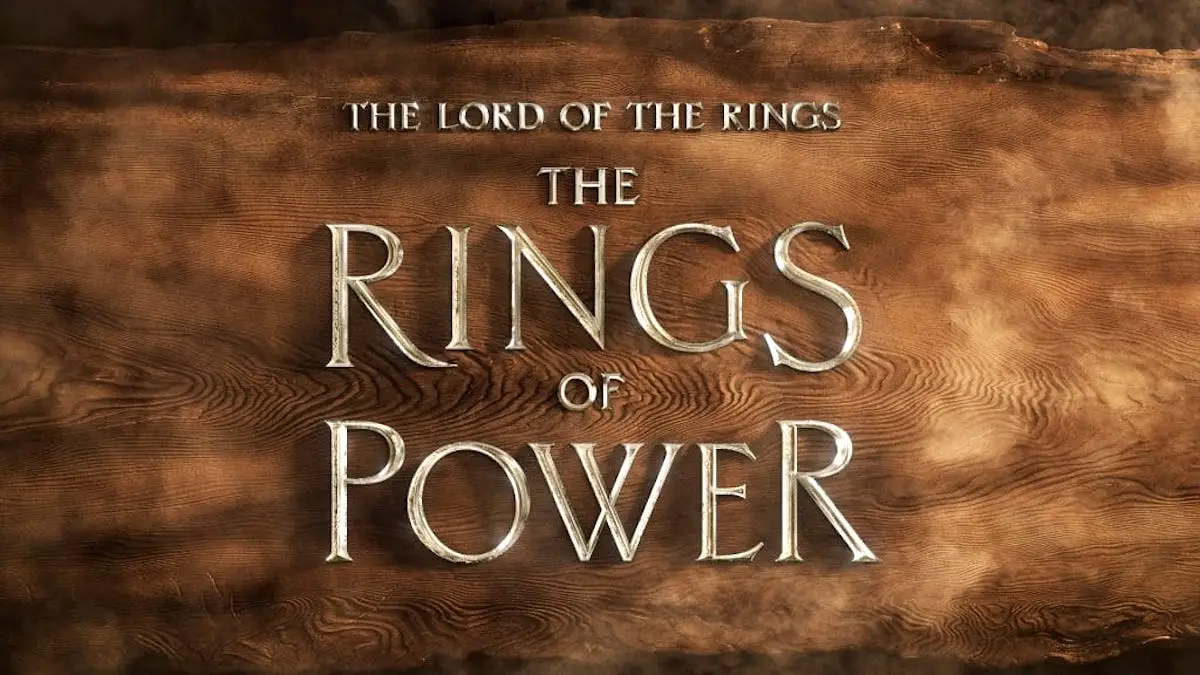
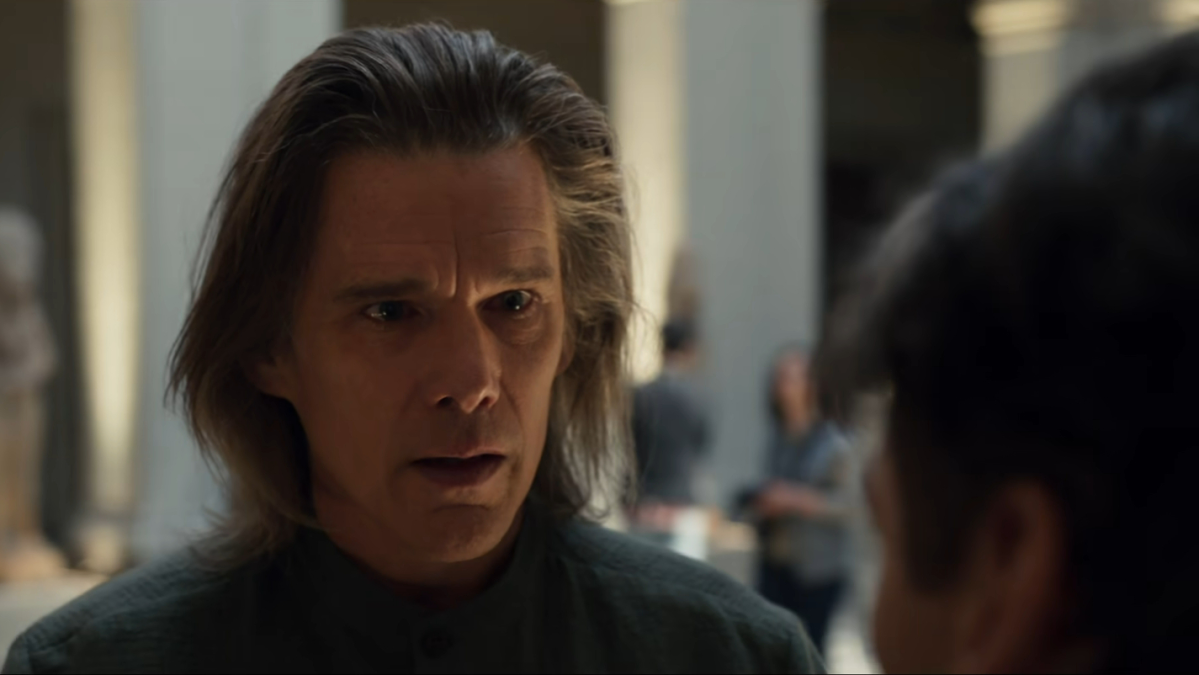

Published: Apr 15, 2019 05:23 pm